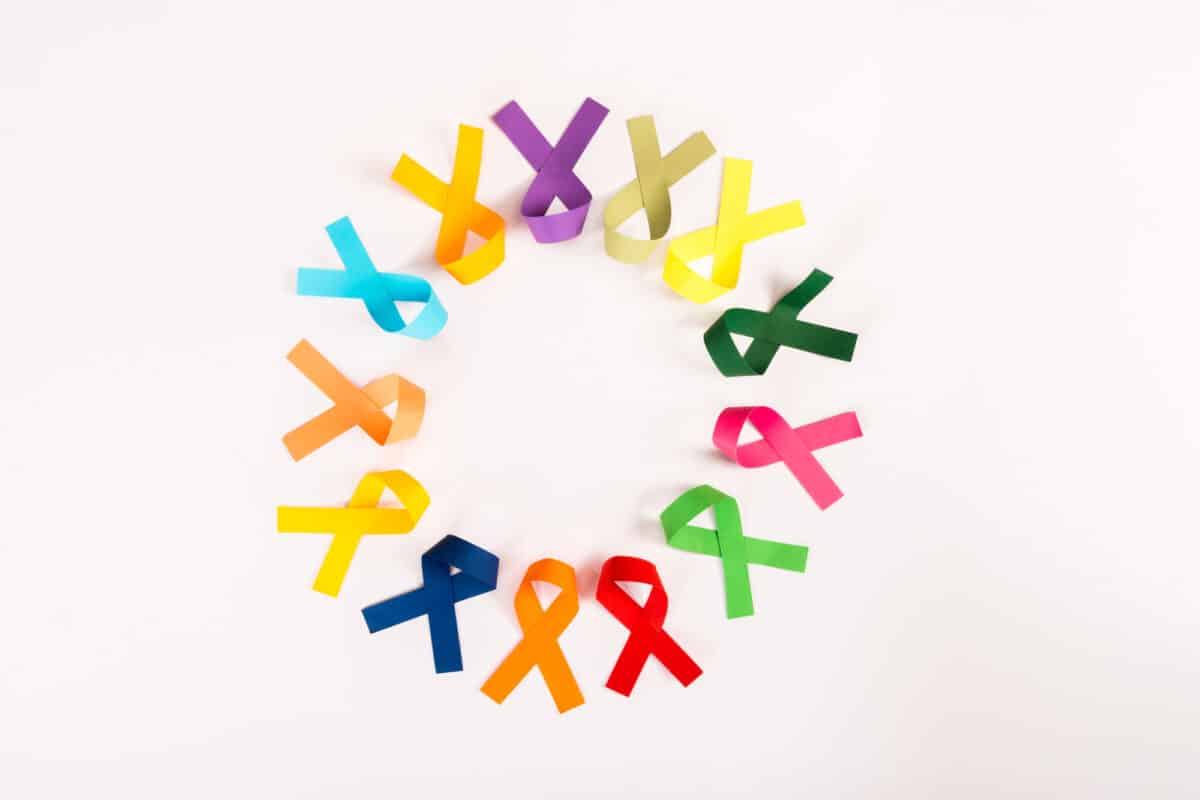In this article, Dr. Sandeep Nayak, India’s leading oncologist, has explained Cytotoxic Agents and how they work in cancer treatment.
Cytotoxic agents are chemicals that kill cells. The term “cytotoxic” refers to a substance that is toxic or fatal to cells.
Cytotoxic agents are used in cancer treatment to prevent cancer cells from dividing and spreading.
Chemotherapy employs a variety of cytotoxic agents, each with its mechanism and set of risks and benefits.
The following are some of the most commonly used cytotoxic agents in chemotherapy:
- alkylating drugs
- antimetabolite drugs
- vinca alkaloids
- cytotoxic antibiotics
- platinum drugs
- taxanes
- photodynamic drugs and therapies
- topoisomerase inhibitors
According to Dr. Sandeep Nayak, Cytotoxic agents come in a variety of forms.
Because specific cytotoxic agents are more effective than others in treating particular cancers, the type of cancer usually determines which chemotherapy drugs are used.
Other factors, such as side effects, must also be considered when choosing a treatment plan.
You should also be aware that, regardless of the type of chemotherapy used, additional medications may be required to aid in the fight against cancer or to manage side effects.
Alkylating drugs
Alkylating agents stop cancer cells from reproducing by damaging their DNA. Breast cancer, ovarian cancer, lung cancer, leukemia, lymphoma, sarcoma, and other cancers are treated with alkylating agents.
Altretamine (Hexalen), trabectedin (Yondelis), and busulfan are examples of alkylating agents (Busulfex, Mylan).
Nitrosoureas
Nitrosoureas, a class of alkylating drugs, have a unique ability to reach the brain.
Most drugs and other toxic substances cannot pass through the blood-brain barrier, which prevents them from reaching brain tissue.
As a result, nitrosoureas are particularly beneficial in the treatment of brain tumors.
Carmustine (BiCNU) and lomustine are two examples of nitrosoureas (Ceenu, Gleostine).
Cytotoxic antibiotics
These agents, also known as “antitumor antibiotics,” are not the same as antibiotics used to treat bacterial infections.
Instead, they work by altering cancer cells’ DNA to prevent them from multiplying.
Cytotoxic antibiotics include the following:
- non-anthracyclines such as:
- dactinomycin (Cosmegen)
- bleomycin (Blenoxane)
- anthracyclines such as:
- doxorubicin (Lipodox)
- valrubicin (Valstar)
Anthracyclines
The most common type of cytotoxic agent is anthracyclines. These medications bind to DNA, preventing it from replicating and interfering with reproduction.
They’re used to treat cancers like breast cancer, bladder cancer, and a variety of others.
Antimetabolite medications
Antimetabolite drugs interfere with cancer cells’ DNA and RNA, replacing parts required for DNA and RNA construction.
As a result, the DNA cannot replicate itself, and the cells are unable to reproduce.
Antimetabolite drugs are one of the most common types of chemotherapy. They’re frequently used to treat:
- ovarian cancer
- leukemia
- breast cancer
- cancers affecting the intestinal tract
Examples of antimetabolite drugs include:
- clofarabine (Clolar)
- pralatrexate (Folotyn)
- methotrexate (Trexall)
- floxuridine (FUDR)
Vinca alkaloids
The Madagascar periwinkle plant produces vinca alkaloids. According to Dr. Sandeep Nayak, they are the second most commonly used class of cancer drugs.
They are frequently used in combination with other medications.
These substances disrupt the microtubules (the parts of a cell that move chromosomes along when cells divide).
The alkaloids in vinca are used to treat a variety of cancers, including:
- Hodgkin’s
disease - testicular cancer
- breast cancer
- non-Hodgkin’s lymphoma
- and others
Examples of vinca alkaloids include:
- vincristine (Marqibo)
- vinblastine (Alkaban-AQ, Velban)
- vinorelbine (Navelbine)
- vindesine (Eldisine)
New labeling requirements for vinca alkaloids in 2021 are issued, requiring that they be administered using intravenous infusion bags rather than syringes.
The change was prompted by reports of severe neurological injuries and death caused by these drugs injected into the spine.
Photodynamic drugs and photodynamic therapies
Ingestion of a photosensitizer drug, which cancer cells absorb within a few days, is used in photodynamic therapy.
The photosensitizer produces oxygen capable of killing cancer cells when exposed to a special light.
This therapy is frequently used to treat skin cancers such as basal cell carcinoma and squamous cell carcinoma.
Symptoms of esophageal cancer and non-small cell lung cancer can often be relieved with photodynamic therapy.
A doctor will use an endoscope with a light to examine tumors in the throat or airways, including the lungs.
The scope is inserted down the throat so that the light can reach the tumor directly.
Examples of photosensitizing agents (Levulan) include:
- Porfimer sodium (Photofrin)
- Aminolevulinic acid
Platinum-containing drugs
As the name implies, Platinum-based drugs carry platinum compounds that attach to the DNA of cancer cells.
It forms crosslinks in the DNA strands, making it impossible for the cell to read its genetic code. The cell dies when it can’t read enough of the code.
Ovarian cancer, colon cancer, and other cancers are treated with platinum-containing agents.
Examples of platinum-containing drugs include:
- cisplatin (Platinol)
- and a newer type of cisplatin, phenanthriplatin
Taxanes
Taxanes, like vinca alkaloids, prevent cell division by interfering with the ability of microtubules to transport chromosomes during mitosis.
Taxanes are a class of chemotherapy drugs commonly used to treat breast cancer, non-small cell lung cancer, and a variety of other cancers.
Paclitaxel (Abraxane) and docetaxel are two commonly used taxanes (Docefrez).
Inhibitors of topoisomerase
Because they’re derived from a plant, topoisomerase inhibitors are also known as “plant alkaloids.”
They stop the enzyme’s topoisomerases from separating cancer cells’ DNA strands and allowing them to be copied.
Topoisomerase inhibitors are used to treat the following diseases:
- colon cancer
- pancreatic cancer
- testicular cancer
- leukemia
- lung cancer
- ovarian cancer
- as well as cancers of other organs
These medications are classified into two groups based on which enzyme they target:
Inhibitors of topoisomerase I: Irinotecan (Onivyde) and topotecan are two examples of topoisomerase I inhibitors (Hycamtin).
Inhibitors of topoisomerase II: Etoposide (Etopophos, Toposar) and teniposide are two topoisomerase II inhibitors (Vumon).
In conclusion
Chemotherapy employs cytotoxic agents, which can effectively stop or slow the division and spread of cancer cells.
They are potent drugs with various side effects ranging from nausea to anemia to potentially fatal organ complications.
New drugs and improved versions of existing drugs are being developed every year in cytotoxic agents.
This is a sponsored post
Digital Health Buzz!
Digital Health Buzz! aims to be the destination of choice when it comes to what’s happening in the digital health world. We are not about news and views, but informative articles and thoughts to apply in your business.


